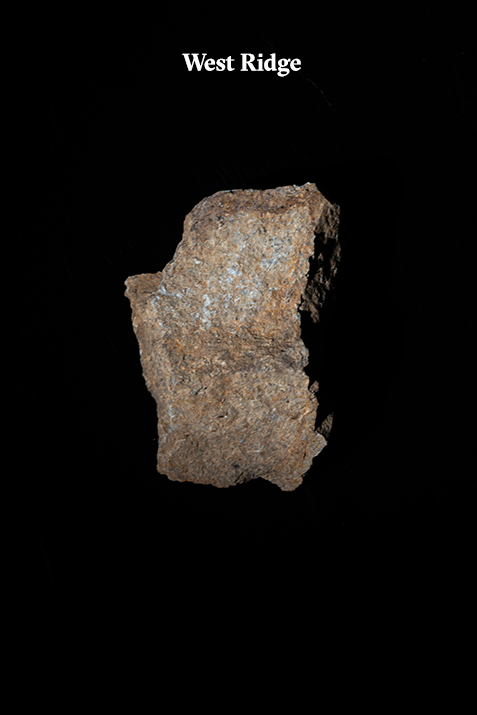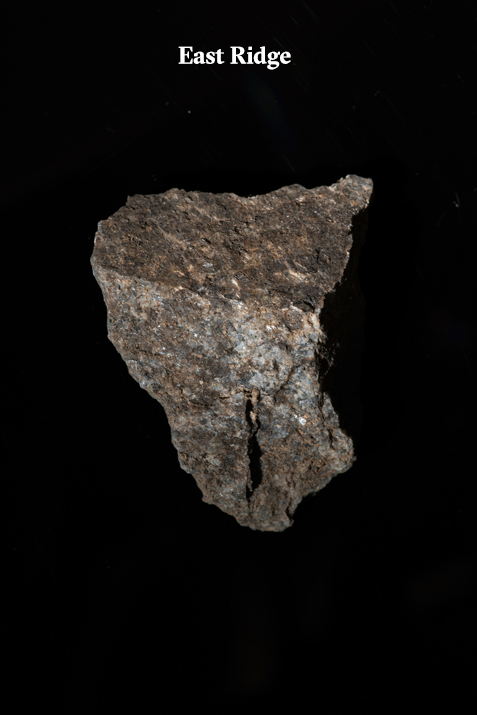- Super System
- May 15, 2020
- 2 min read
Post 001
Triassic
pertaining to a period of the Mesozoic Era, occurring from 230 to 190 million years ago and characterized by the advent of dinosaurs and coniferous forests.
Holocene
Pertaining to the present epoch, originating at the end of the glacial period, about 10,000 years ago, and forming the latter half of the Quaternary Period; Holocene.
Pleistocene
Pertaining to the epoch forming the earlier half of the Quaternary Period, beginning about two million years ago and ending 10,000 years ago, characterized by widespread glacial ice and the advent of modern humans.
Permian
Pertaining to a period of the Paleozoic Era occurring from about 280 to 230 million years ago and characterized by a profusion of amphibian species.
Carboniferous
Pertaining to a period of the Paleozoic Era, including the Pennsylvanian and Mississippian periods as epochs, occurring from 345 million to 280 million years ago.
Post 002
Granite
a coarse-grained igneous rock composed chiefly of orthoclase and albite feldspars and of quartz, usually with lesser amounts of one or more other minerals, as mica, hornblende, or augite.
Ridge
The long and narrow upper edge, angle, or crest of something, as a hill, wave, or vault.
Albizia
A genus of more than 160 species of mostly fast-growing subtropical and tropical trees
Felsic Igneous
Felsic is a term that refers to silicate minerals, magmas, and rocks which are enriched in the lighter elements such as silica, oxygen, aluminum, sodium, and potassium.
Granular
resembling or consisting of small grains or particles
Phaneritic
relating to an igneous rock in which the crystals are so coarse that individual minerals can be distinguished with the naked eye. Phaneritic rocks are intrusive rocks that cooled slowly enough to allow significant crystal growth.
Post 003
Mesozoic
The Mesozoic Era is the age of the dinosaurs and lasted almost 180 million years from approximately 250 to 65 million years ago. This era includes 3 well known periods called the Triassic, Jurassic, and Cretaceous periods. A mass-extinction marked the beginning and end of the Mesozoic era.
Pangea
the name given the one large area of land that, in theory, broke apart to create the present continents
Plate Tectonic
the theory that Earth's outer shell is divided into several plates that glide over the mantle, the rocky inner layer above the core.
Sedimentary Rocks
one of three main types of rocks, along with igneous and metamorphic. They are formed on or near the Earth’s surface from the compression of ocean sediments or other processes.
Beds
the smallest division of rock or deposit
Andesite
any member of a large family of rocks that occur in most of the world’s volcanic areas. Andesites occur mainly as surface deposits and, to a lesser extent, as dykes and small plugs.
Biotite
also called black mica, a silicate mineral in the common mica group. It is abundant in metamorphic rocks (both regional and contact), in pegmatites, and also in granites and other intrusive igneous rocks.
Subduction Zone
The biggest crash scene on Earth. These boundaries mark the collision between two of the planet's tectonic plates. The plates are pieces of crust that slowly move across the planet's surface over millions of years.
Journals/Research papers can be found here
Links :





























